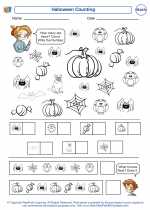Lengths
Length is a measurement that describes how long an object is. In kindergarten math, children start to understand the concept of length and begin comparing and ordering objects by their length. They also learn to use non-standard units such as paper clips, cubes, or their own hands to measure the length of objects.
Children are introduced to the idea of longer and shorter objects. They learn to identify which of two objects is longer or shorter, and to arrange objects in order from shortest to longest or vice versa.
Activities such as measuring the length of classroom objects using non-standard units, comparing the lengths of pencils, crayons, or other items, and ordering objects by length help children develop their understanding of length and measurement.
It's important for children to understand that length is a fundamental attribute of objects and that it can be measured using different units. They also learn the concept of units of length such as inches, centimeters, and feet as they progress in their math education.
Understanding length is an important foundational skill that lays the groundwork for more advanced concepts in measurement and geometry as children progress through their math education.
Overall, the concept of length is an essential part of kindergarten math education, and it helps children develop their spatial awareness, mathematical reasoning, and problem-solving skills.
.◂Math Worksheets and Study Guides Kindergarten. Counting 1-100
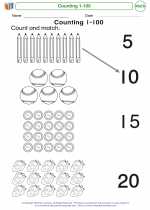
 Coloring Worksheet
Coloring Worksheet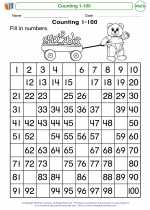
 Worksheet/Answer key
Worksheet/Answer key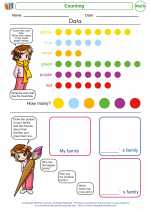
 Worksheet/Answer key
Worksheet/Answer key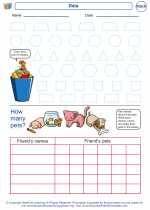
 Worksheet/Answer key
Worksheet/Answer key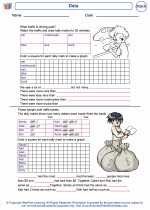
 Worksheet/Answer key
Worksheet/Answer key